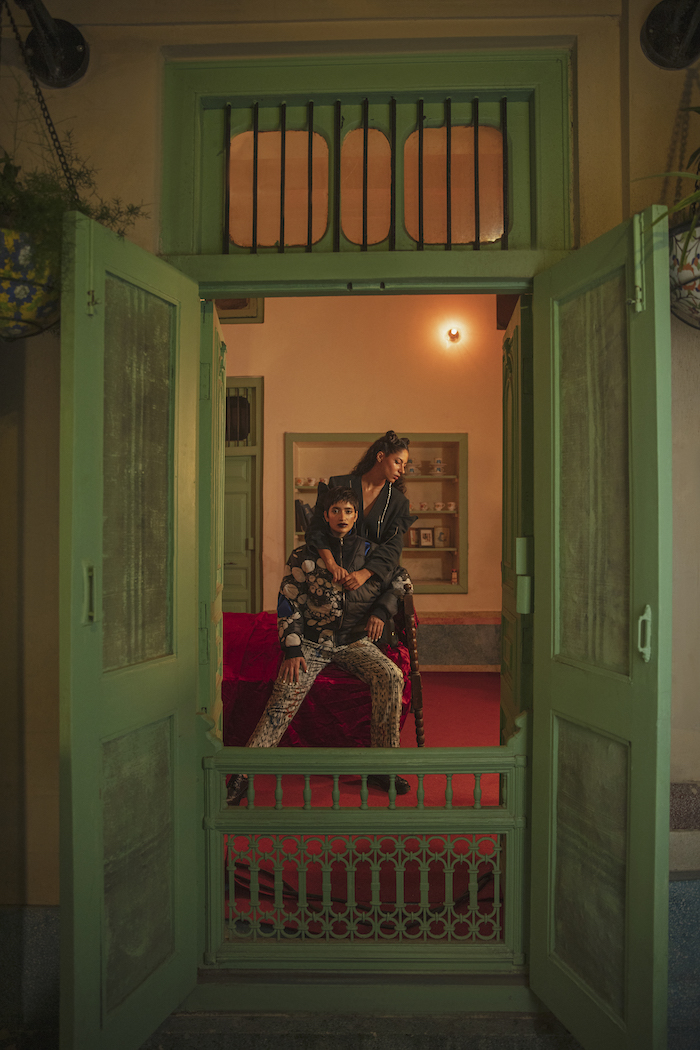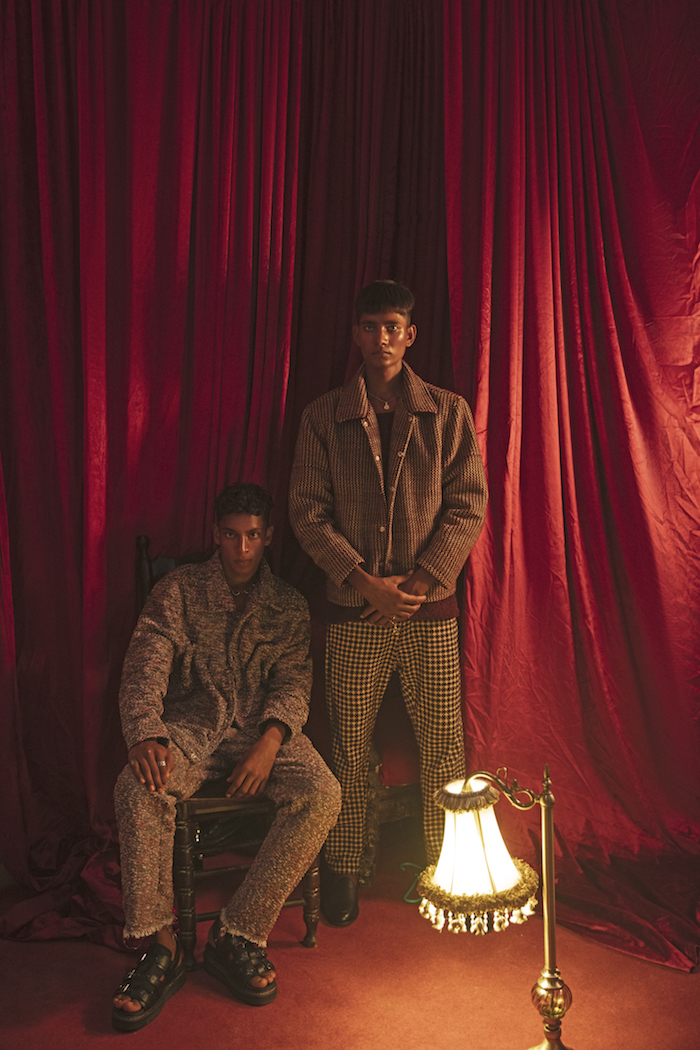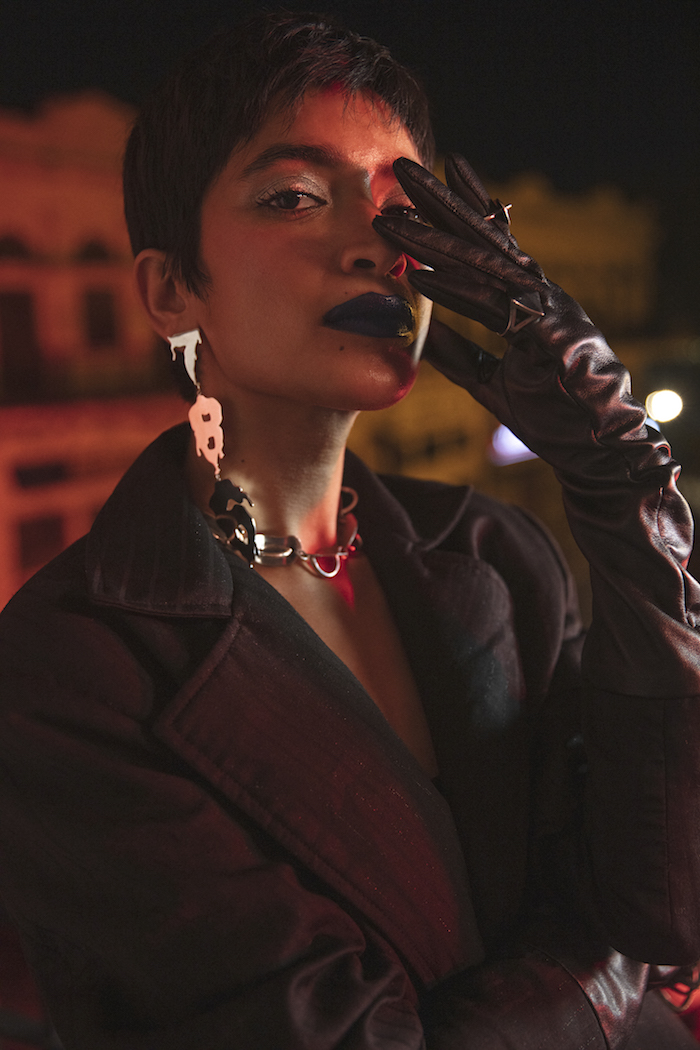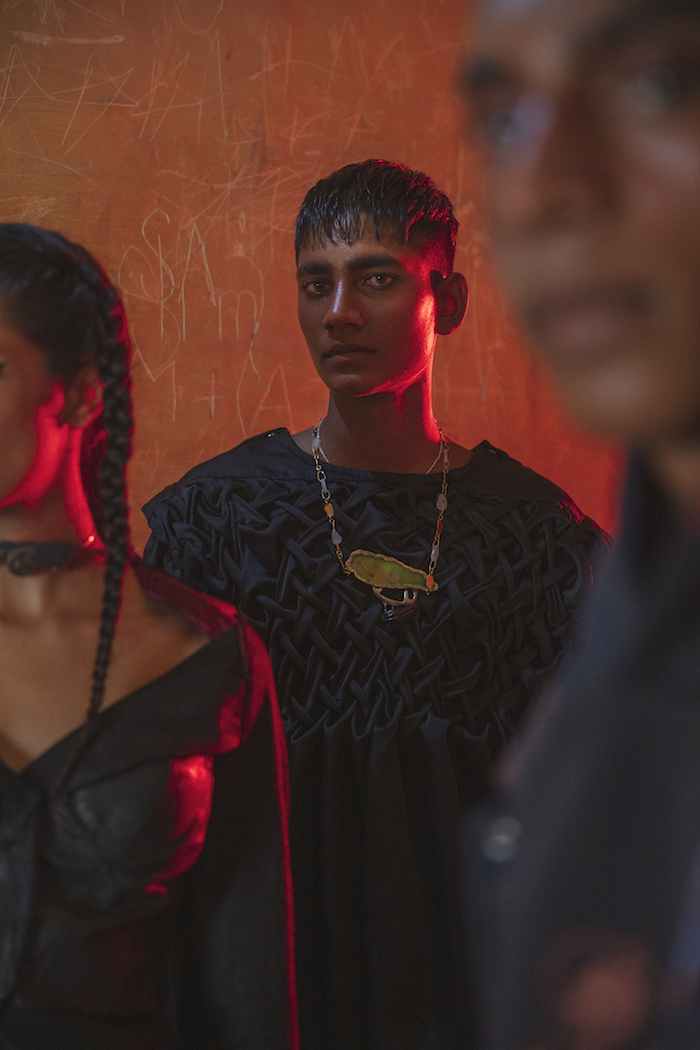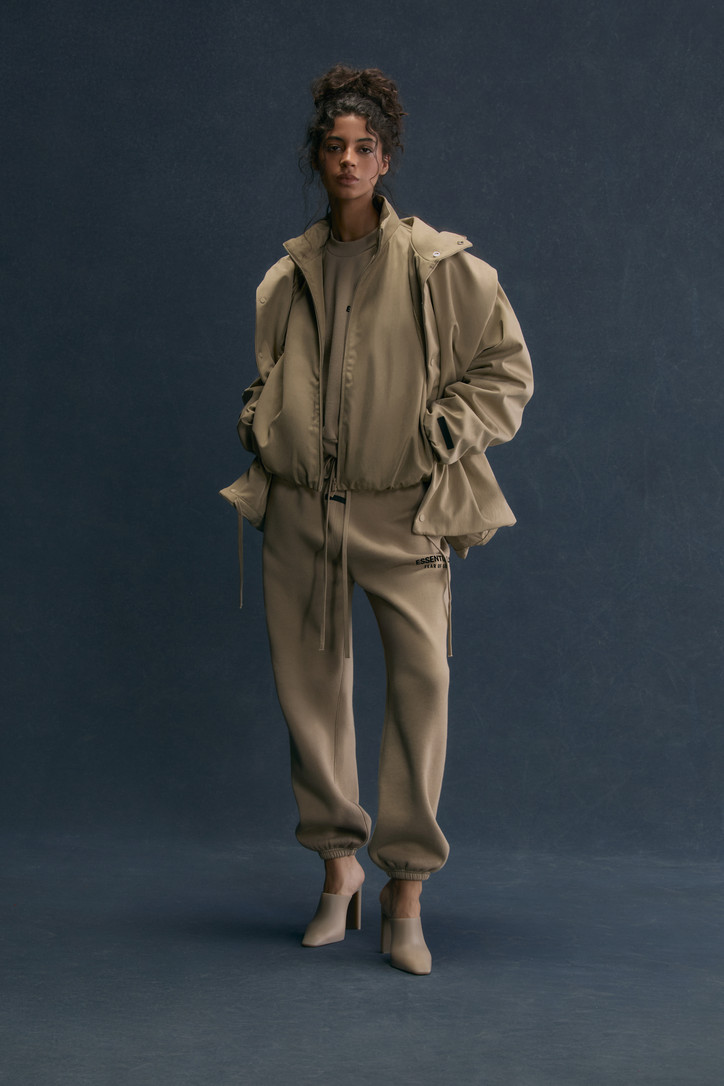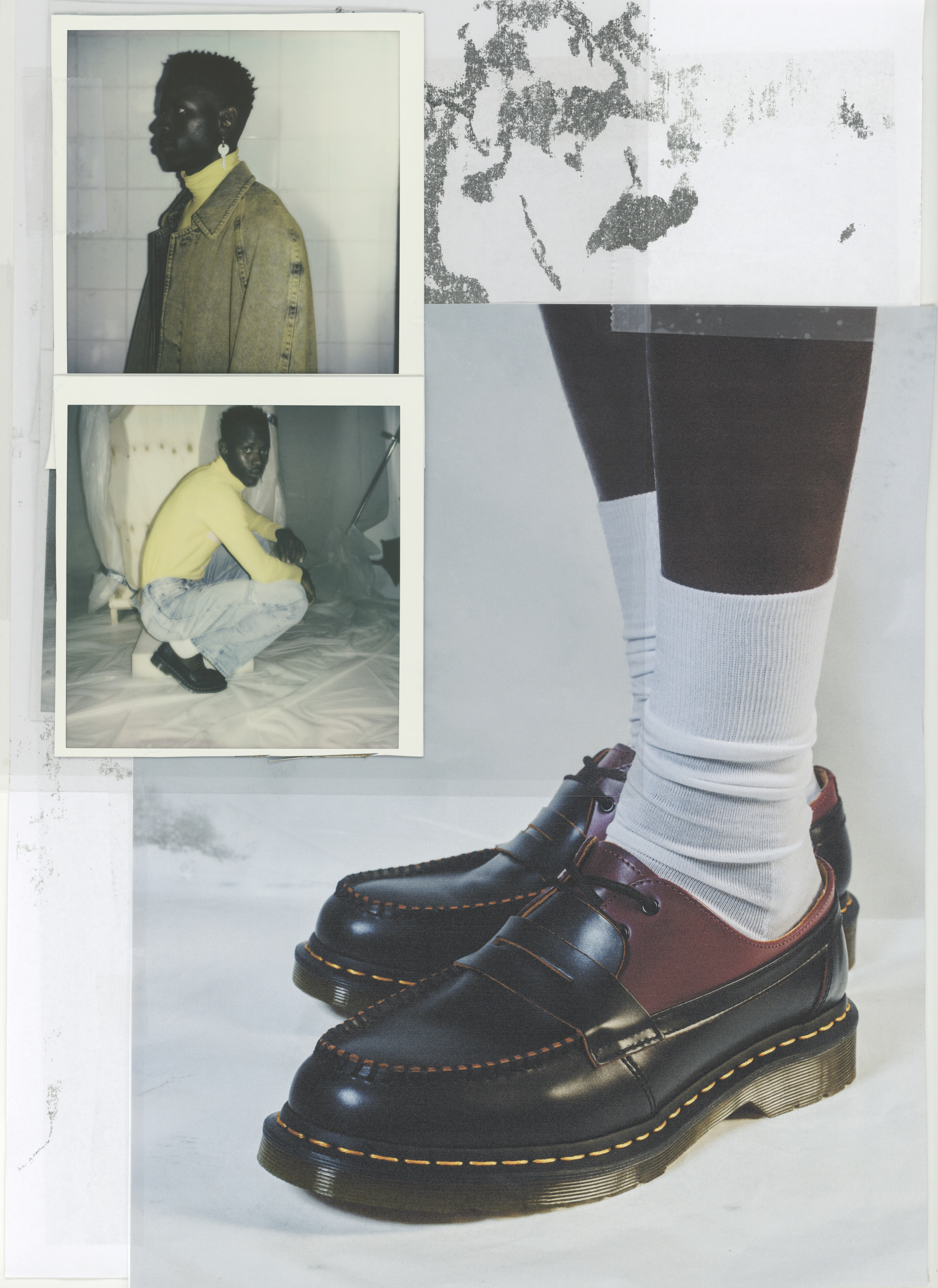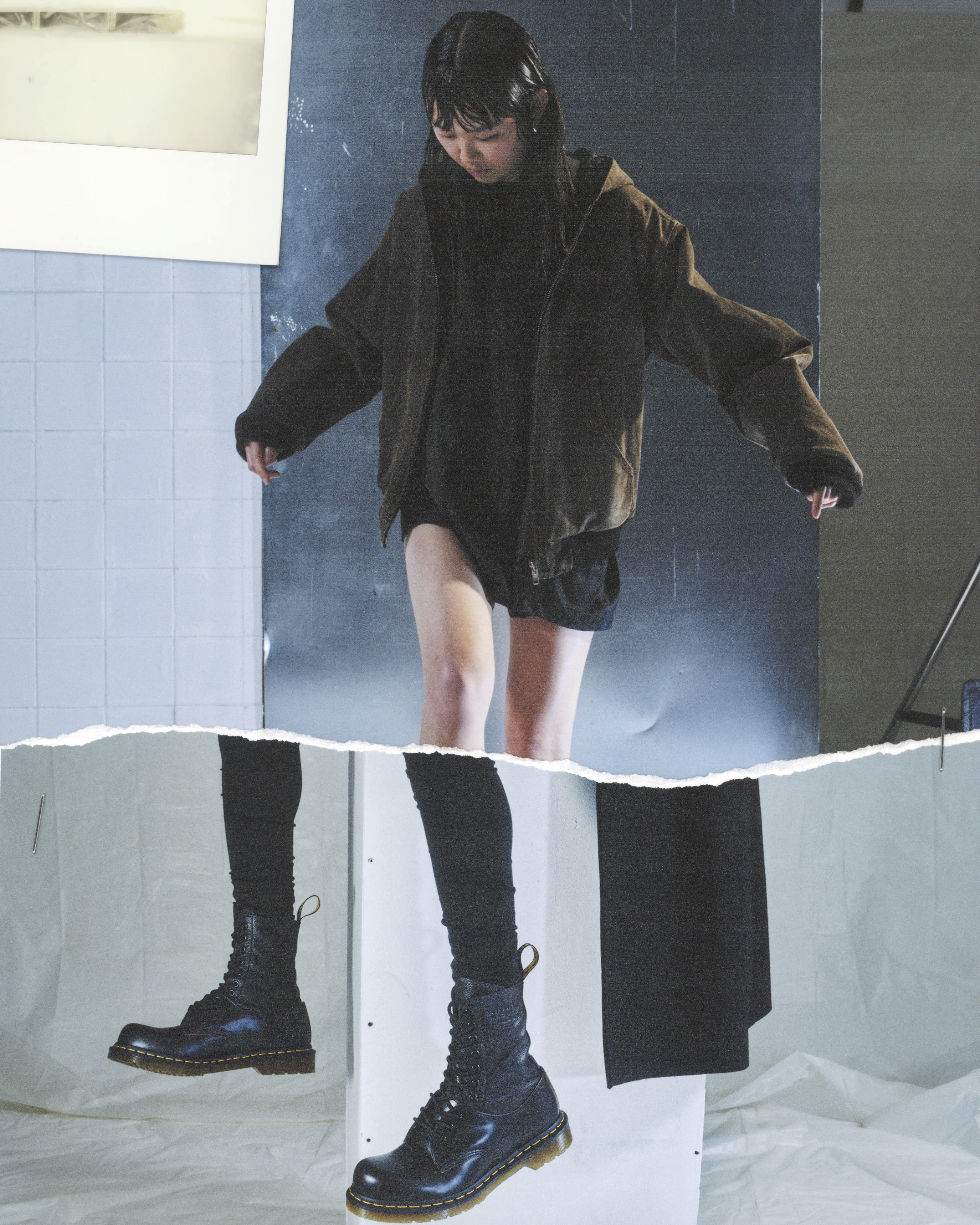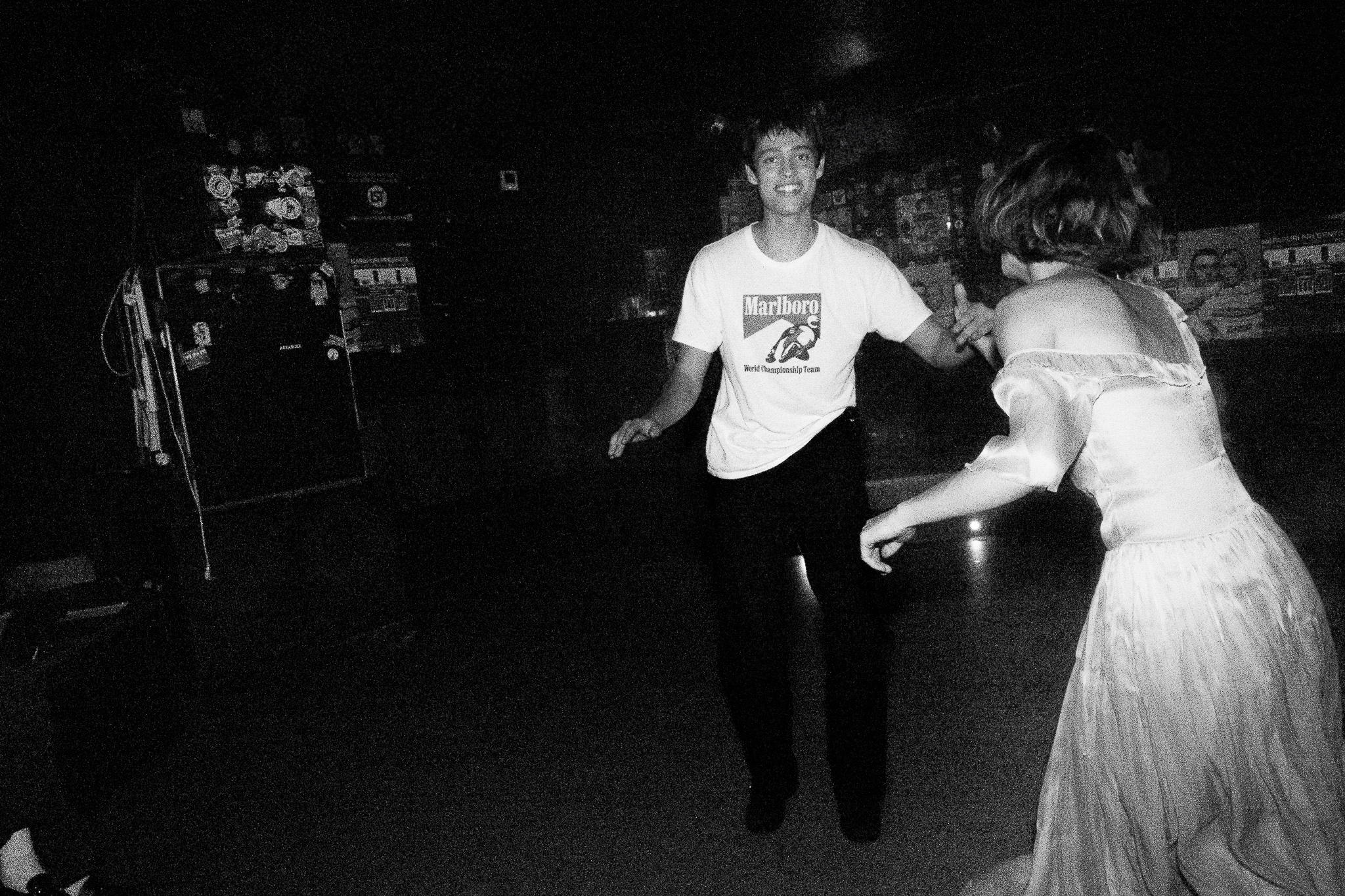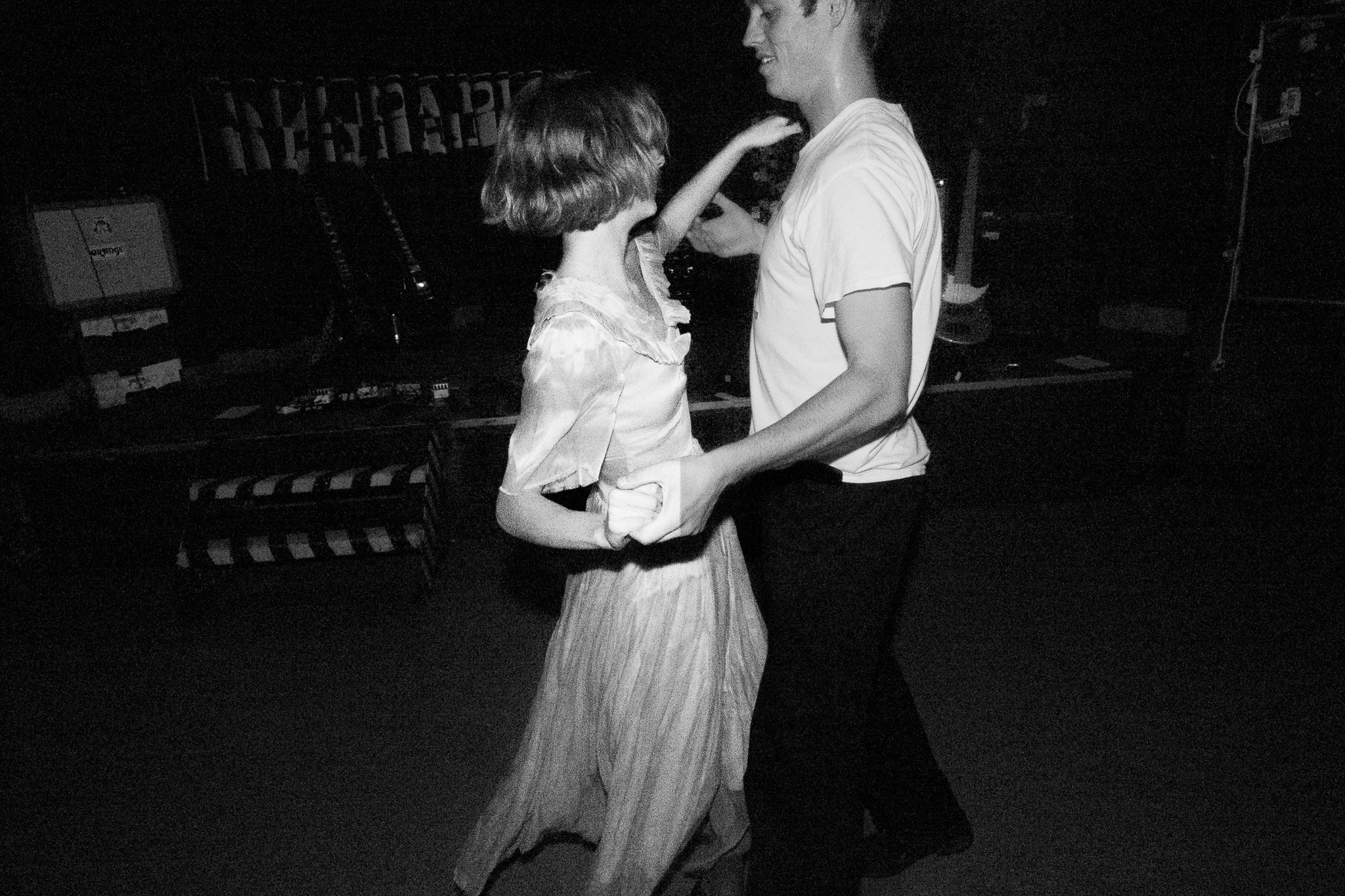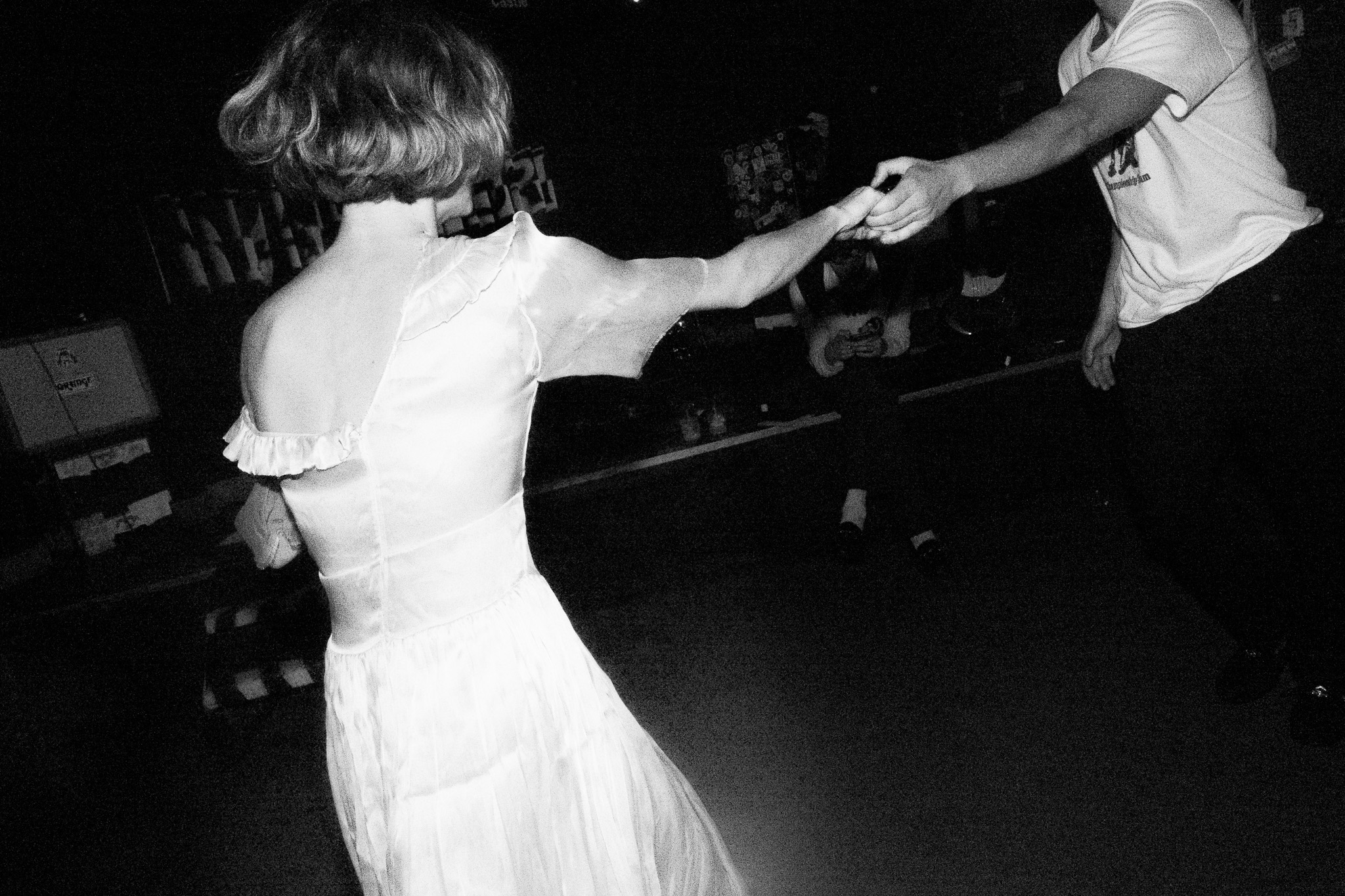Looking Inward with Rastah

“Volume VI” includes an assortment of comfortable garments showcasing traditional hand-block printing and hand-woven recycled yarns. The collection launched October 17th, alongside an exclusive 3D NFT which will launch November 5th.
Read below for office’s full interview with Rastah’s co-founder and creative director, Zain Ahmad.
Rastah was founded by you and your cousins — when did you all decide you wanted to develop a streetwear label?
I graduated from the University of British Columbia and felt a disconnect with my surroundings in Vancouver. I knew there was more for me out there and fashion was a big interest. I had no formal education in the field, mind you. This is where I also saw a severe lack of representation for South Asians and Pakistanis in general within Western fashion markets. The connotations associated with these regions were always negative. On one of my trips back to Pakistan, I realized the potential of incorporating artisanship with streetwear and a contemporary design language. Nobody was doing it, and in fact, in the beginning, we were pretty much laughed off. Deep down I knew that we’d be paving way for a completely different segment of fashion in Pakistan and that’s exactly what’s happening now. Rastah has tons of imitators within Pakistan that only serve to solidify and validate everything that we’ve done so far. Ismail comes from a marketing background and back in 2018 when the idea was first conceived, I convinced him to join me in this venture. Adnan, having a strong business and finance-oriented background, joined us at the tail end of 2018 as well.
How does Rastah reinterpret South Asian heritage through the designs and collections you put out?
Each collection is strongly narrative-based. In the more recent collections, it has been focused on emotions and connecting with my inner self. These collections serve as a conversation piece with myself that I can then put out to the world in a safe way without having to disclose too much. The collections are actually designed with me writing out a few pages of how I feel and turning those pages into a story of sorts. Then comes the whole design process with the sketches and fabrication. I need to be able to feel what I feel and have it play out like a story. Heritage and artisanship serve as a medium for these conversations to take place. For example, we will sometimes use historical motifs and artisanal techniques, like block printing and hand weaving, in completely new ways. We recently made a jacket with a very contemporary silhouette using handwoven fabric that otherwise would only be used for throws and blankets, so a lot of stuff like that.
Why is it important to you to source and craft your pieces all in Pakistan?
Put simply, the world has a very bad image of “Made in Pakistan,” and we want to change that. We want “Made in Pakistan'' to stand just as tall. And being a Pakistani there’s a bit of nationalistic pride there as well. I feel like I owe it to my country, and more so to the craftsmen of this country, that deserve to be recognized.
What led to Rastah’s garments being genderless?
I've always felt clothing and fashion, in general, should be about having fun and expressing yourself. To me, playing within predetermined old-age rules just simply doesn’t make sense!
You’ve said that this collection is your most intimate so far, as it draws upon personal struggles with identity and relationships. How do you interpret your own identity and how does it translate into this collection?
The truth is that I haven't interpreted my own identity, and that's exactly what this collection is about — a sort of dance between love and fear, and what comes of it. The juxtaposition of the two, of sorts. What would that dance look like? How would it feel? This collection is not about answers; it's about asking the right questions, and being okay with imperfect answers.
What is the feeling you want this collection to evoke from the people wearing it?
A whole lot of self-reflection and a desire to look inward. I want people to understand why we do what we do — and to be okay with not having shit figured out. [I want people] to be okay with the person in the mirror at that very moment. Life’s an ever-changing process.
Can you tell me a bit more about the NFT that is launching along with this collection and where the will proceeds be donated?
The NFT is a digital art piece in collaboration with a Pakistan-based design studio called DMT Labs. It features a character wearing a piece of 1/1 Rastah clothing. Whoever wins the auction for the NFT also gets the 1/1 outfit and a portion of proceeds will go to artisans that work with Rastah.
What is your favorite piece from this collection and why?
Probably the recycled handwoven jacket. The colors depict a noise and the choice of yarn is textured as well. The idea was to create something that could exude feelings of layered complexity. The silk smocked top is also another favorite.
You’ve been labeled before as ‘the next generation of streetwear.’ Do you plan to continue creating in that lane in the future or will new collections delve into other types of fashion?
I actually am trying to move away from the streetwear label. That's what we were initially being described as by people so I decided to just run with it! However, if you really study the brand you can tell by the type of silhouettes we are creating that it's not just streetwear. Furthermore, as fashion continues to evolve, so do definitions of streetwear. Streetwear 20 years ago is very different from what it is now, and who knows what it will be 10 years from now! The intersection of luxury and streetwear is very interesting to me as well.
View photos from Rastah’s “Volume VI” collection below.











